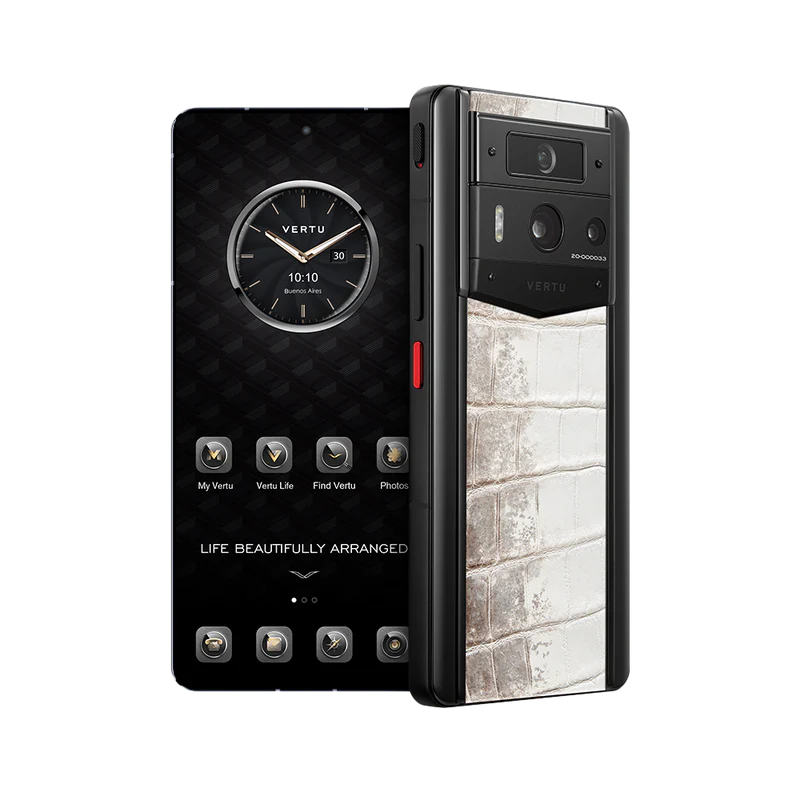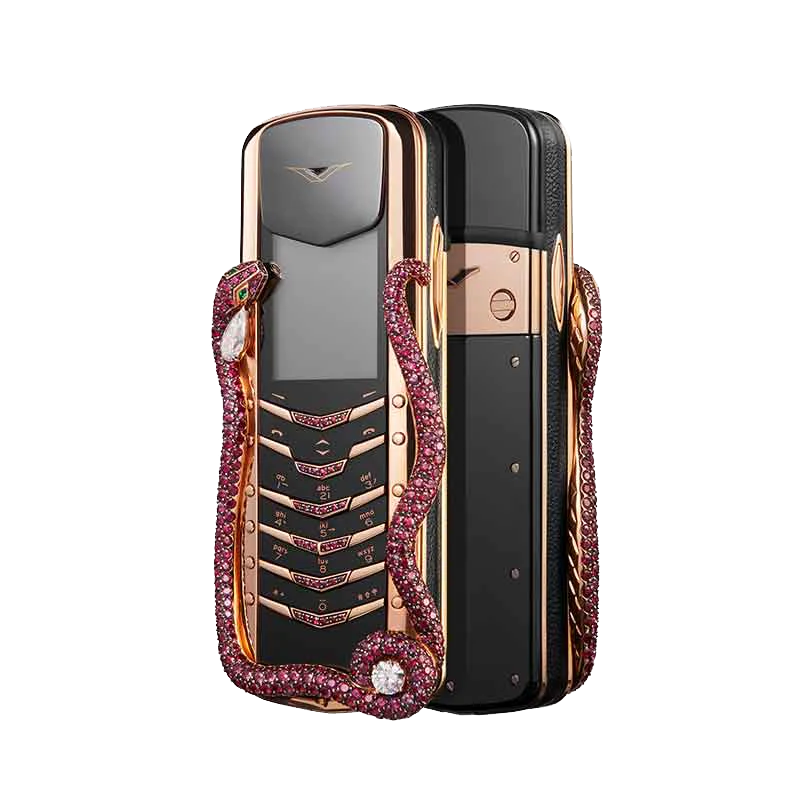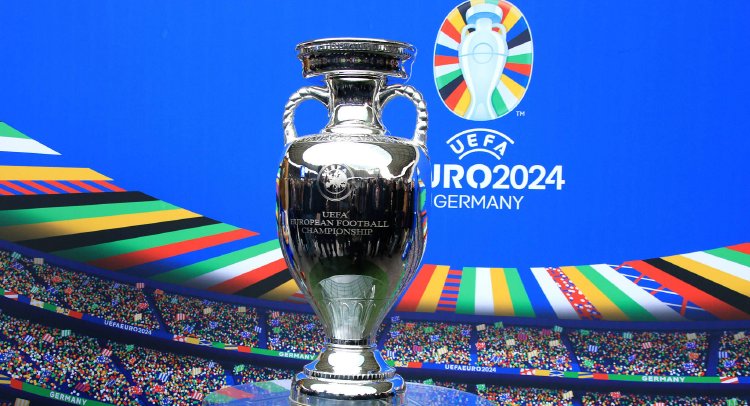Photo by: Heather Shuker

Chloe’s former creative director, Gabriela Hearst, told the VOGUE Business Fashion Future conference at London’s Design Museum last week that the idea of sustainability should be at the heart of everything creative designers do.
She made it clear that this does not mean that creative talents specializing in design need to become experts in sustainable aspects, but calls on colleagues to be willing to learn, make flexible decisions, and be willing to design within the parameters of environmental standards, rather than ignore these requirements.
More importantly, the designer’s thinking needs to continue to focus on craftsmanship and healthy growth, rather than pursuing financial growth at the expense of everything else.
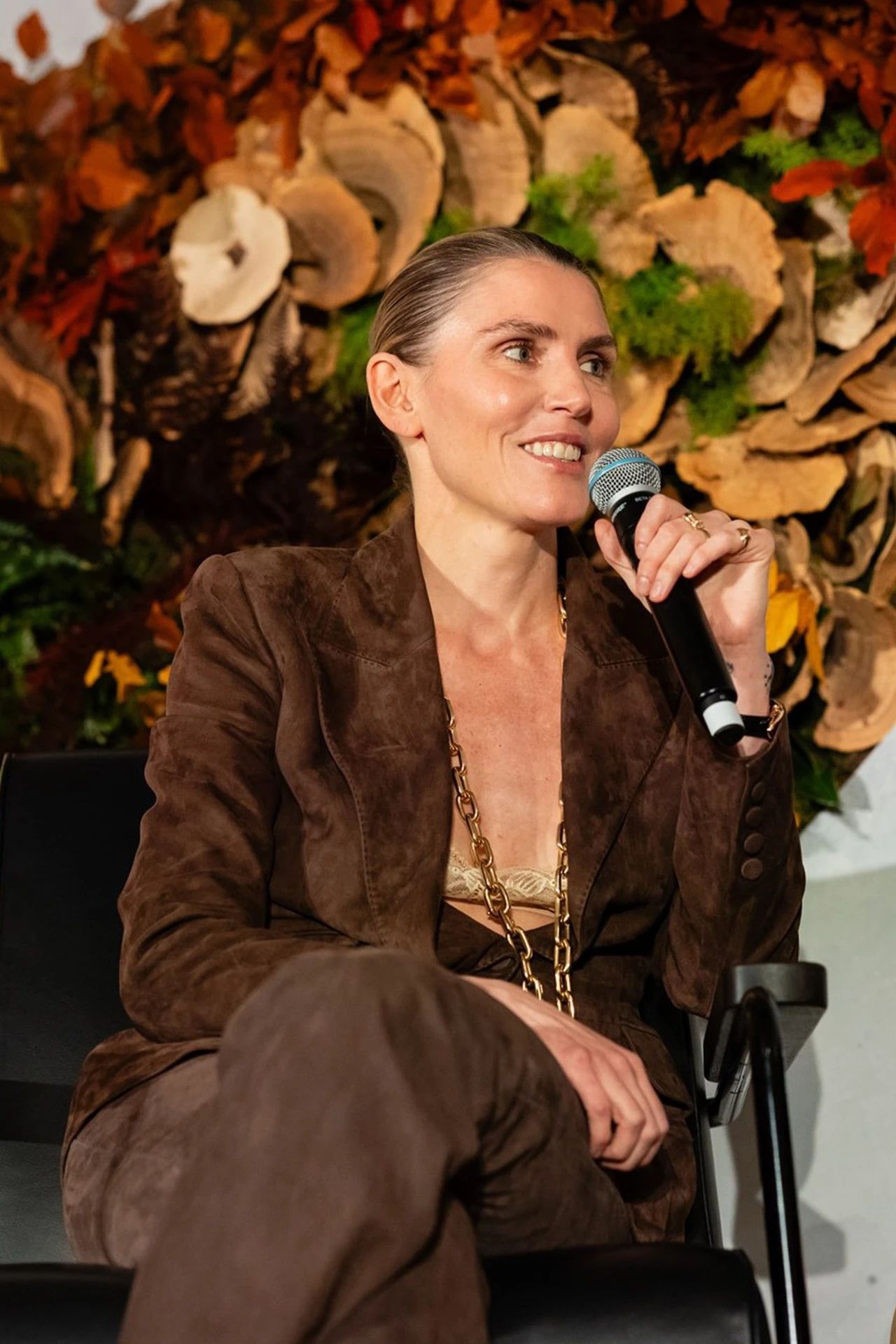
Photo by Chloe?
“I love money as much as anyone. But I think the nature of human greed has to be curbed to some extent,” says Gabriela Hearst founder of the eponymous brand and former creative director of Chloé, a Richemont group. “Gabriela Hearst doesn’t want to be a big brand in the secular sense. You have to align the company with the laws of nature. That’s everything for me on my sustainability journey.”

Photo by Gabriela Hearst
In a conversation with Rachel Cernansky, senior sustainability editor at VOGUE Business, Hearst reflected on what she learned at Chloé about scaling up her sustainability work and spoke more broadly about her creative philosophy.
She firmly believes that in general, people want to do good things that have a positive impact, and said that the “turnover wave” that is popular in the fashion industry proves that more and more people are beginning to think about the sense of accomplishment that a job brings to themselves. Therefore, if you start to promote sustainable development and integrate it into people’s working methods, the motivation will follow and the progress will continue.
For example, Hearst believes the impact of her time at Chloé, much of which focused on improving their material mix, will endure. When she first took over the brand, there was only one person focused on sustainability, and she expanded that team to 11 people today. She sees her track record at the brand as proof that a fashion brand’s investment in sustainability can pay off financially, and she points to Nama’s sneaker reinvention as the brand’s best performer.

Photo by: Chloé
“The whole value system has to change,” she said. “The biggest lesson is that it also rebuilds strong businesses… you can upgrade products that have social and environmental value. The whole result is very positive and that’s the most valuable thing.”
Now, in her own brand, Hearst focuses on her core principles. If one material is more sustainable than another, she doesn’t see it as limiting creativity-it’s just part of the parameters of her work.
She said that when designing the new store, which opened in Los Angeles this month, her focus was on the life of the store; this means that the specific ceiling design she wanted will take longer than other alternatives, but Hearst believes it is worth it because she wants the store to last as long as possible. “We don’t want to have to change the design and decoration of our stores every year, every decade,” she said. “You shouldn’t compromise.”
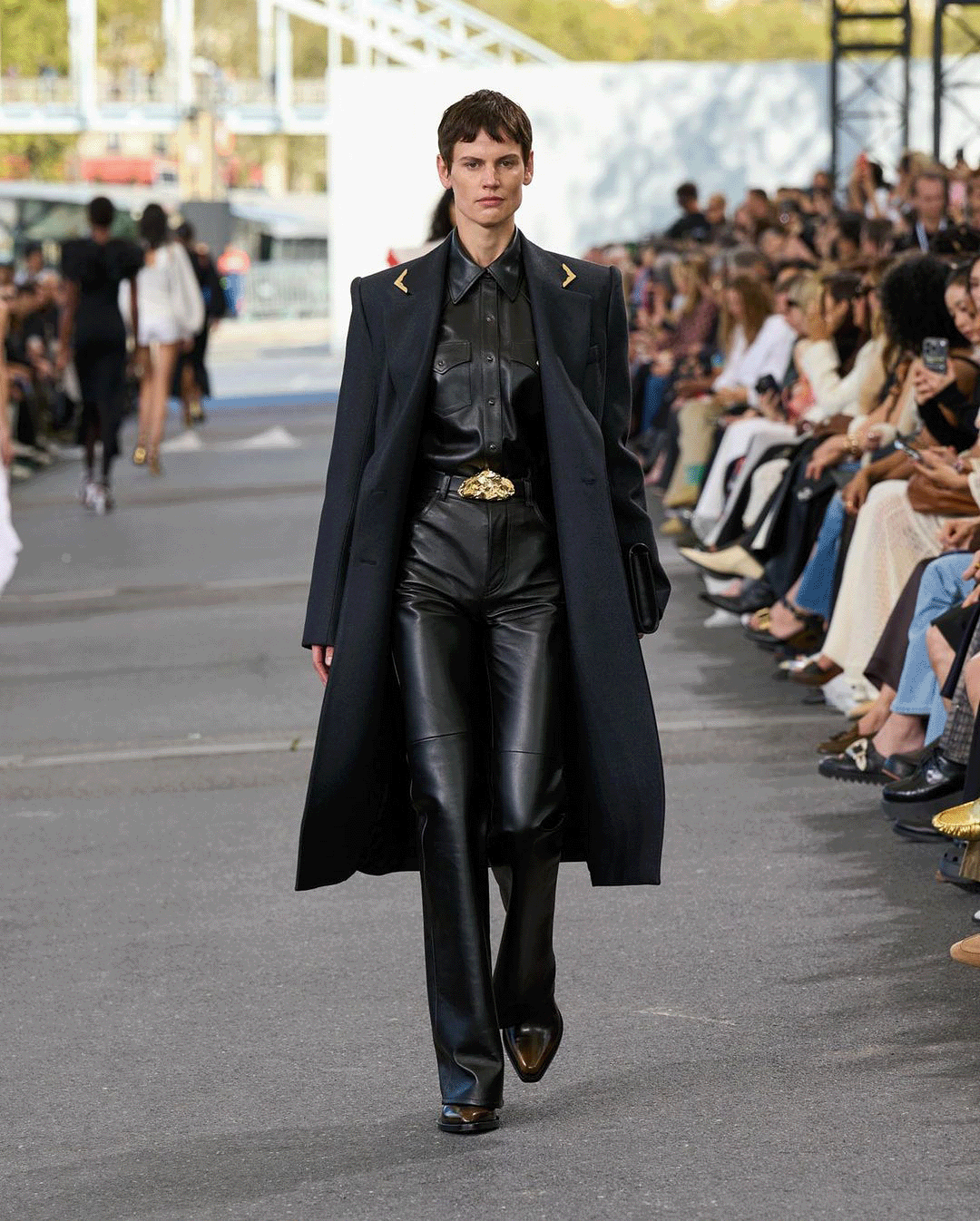
Photo by Gabriela Hearst
Whether it is architecture, product design or the overall growth trajectory of the company, she holds the same view. “The logic of business operations at the moment is almost always short-term,” she said. “Do you want to have a unique perspective on your life today? So think long-term.”
(Source: Vogue Business)



